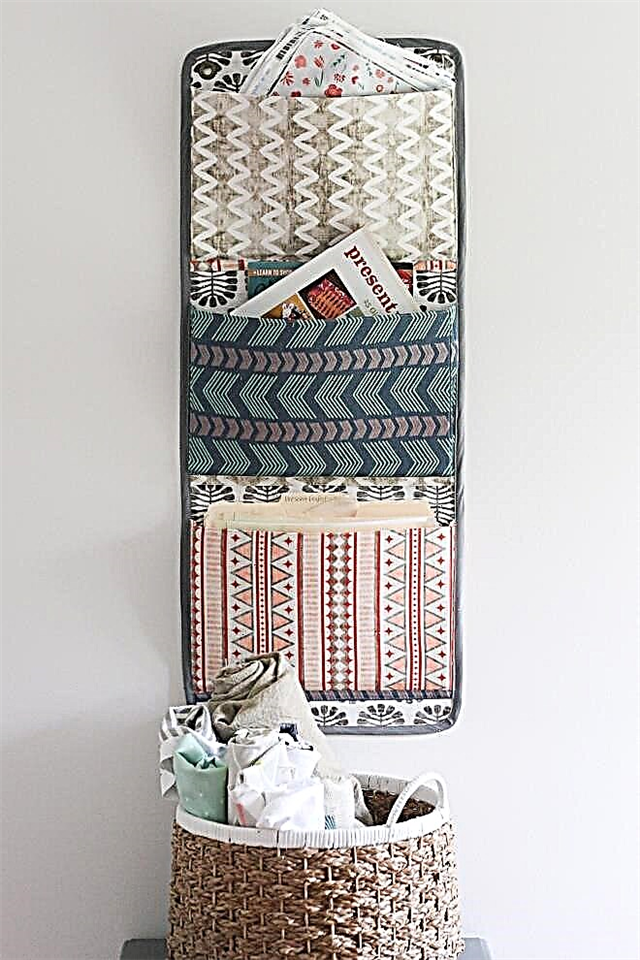Share
Pin
Tweet
Send
Share
Send
Of course, faster to type on a typewriter. But this is not always convenient. For those who want to learn how to sew, they simply need to master the basic hand stitches.

1. A seam "forward a needle", or estimated
This seam can be used to sweep two or more details of a cut, to sweep pockets, braid and other details, as well as to carry out marking.The stitches are placed from right to left, they are visible both from the front and from the wrong side of the product (see Fig. 1).

The stitch length depends on the desired strength of the seam. With small stitches of the “forward needle” seam, you can pick up or fit the details of the cut.
2. Estimated oblique seam
It is applied in those cases when the fastened layers of fabric should not move in either longitudinal or transverse direction.The seam is directed from top to bottom or from bottom to top. The place of exit of the needle is on the left, next to the place of entry of the needle into the tissue (see Fig. 2).

A seam with short stitches with a small interval between them firmly fastens layers of fabric, for example a collar with lapels. When only two layers are swept away (fabric with a volumetric lining volumefliz or with lining fabric), then the stitches can be longer, and the interval is longer.
3. Sew "manual stitching"
The most durable of manual stitches, which is used to make very short seams, to fix machine seams, when it makes no sense to use a sewing machine.Initially insert the needle into the tissue and withdraw it through 5 mm, then insert the needle again, stepping back from the needle exit point of approximately 3 mm and withdraw the needle at a distance of approx. 6 mm (= double stitch length). Now insert the needle into the point of the first withdrawal of the needle and again bring it out at a distance equal to the double length of the stitch, continue from right to left (see Fig. 3).

4. Secret seam
It is almost invisible and is used for sewing the lining, as well as for stitching the seams of the main fabric wrapped on the wrong side or for repairing the diverged seam, which is not available for sewing on the sewing machine from the wrong side.The seam is made from right to left (see. Fig. 4).

5. Crosswise seam "goat"
In essence, this is a finishing seam. “Goat" hem the allowance for hemming the bottom of products made of elastic fabrics.The seam is made from left to right with small stitches obliquely shifted up / down.
When hemming the hem allowance, make sure that the stitches do not extend to the front of the fabric, that is, the stitch on the fabric should capture only 1–2 threads of fabric (see Fig. 5).

In the photo: a picture of Eugene de Blaas, an Italian artist of the late 19th and early 20th centuries. Drawings: burdastyle.
Material prepared by Elena Karpova
Share
Pin
Tweet
Send
Share
Send



